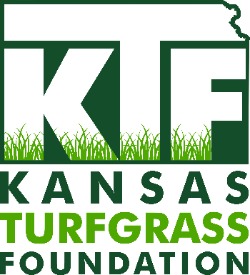Ground Ivy (Glechoma hederaceae)

Ground ivy, also known as creeping Charlie, is a cool season perennial that reproduces by seeds, creeping stems, and root pieces. It may form patches in turf as it creeps on square stems that can grow up to 2-1/2 feet long, sometimes rooting at the nodes. Occasionally the stems grow in an ascending fashion. Leaves of ground ivy are opposite, round to kidney shaped, and 1/2 to 1 1/2 inches in diameter. They may be smooth or hairy, medium to dark green, have long petioles and a rounded, toothed margin. They produce a minty odor when crushed. The flowers are small, lavender to blue-purple, funnel shaped and clustered in leaf axils. Ground ivy flowers occur April to June.
Occurrence
This weed normally occurs in shaded sites with poorly drained, fertile soils. It can spread into sunny areas.
Non-Chemical Control
To control ground ivy without chemicals, maintain turf density and health through proper culture and alter the turf environment by reducing shade and soil moisture. Mechanical removal is difficult and rarely effective.
Chemical Control
Apply postemergence herbicides in mid spring to early summer and/or mid to late autumn when it is actively growing. Ground ivy is difficult to control, and has been used as ground cover in shady areas.



